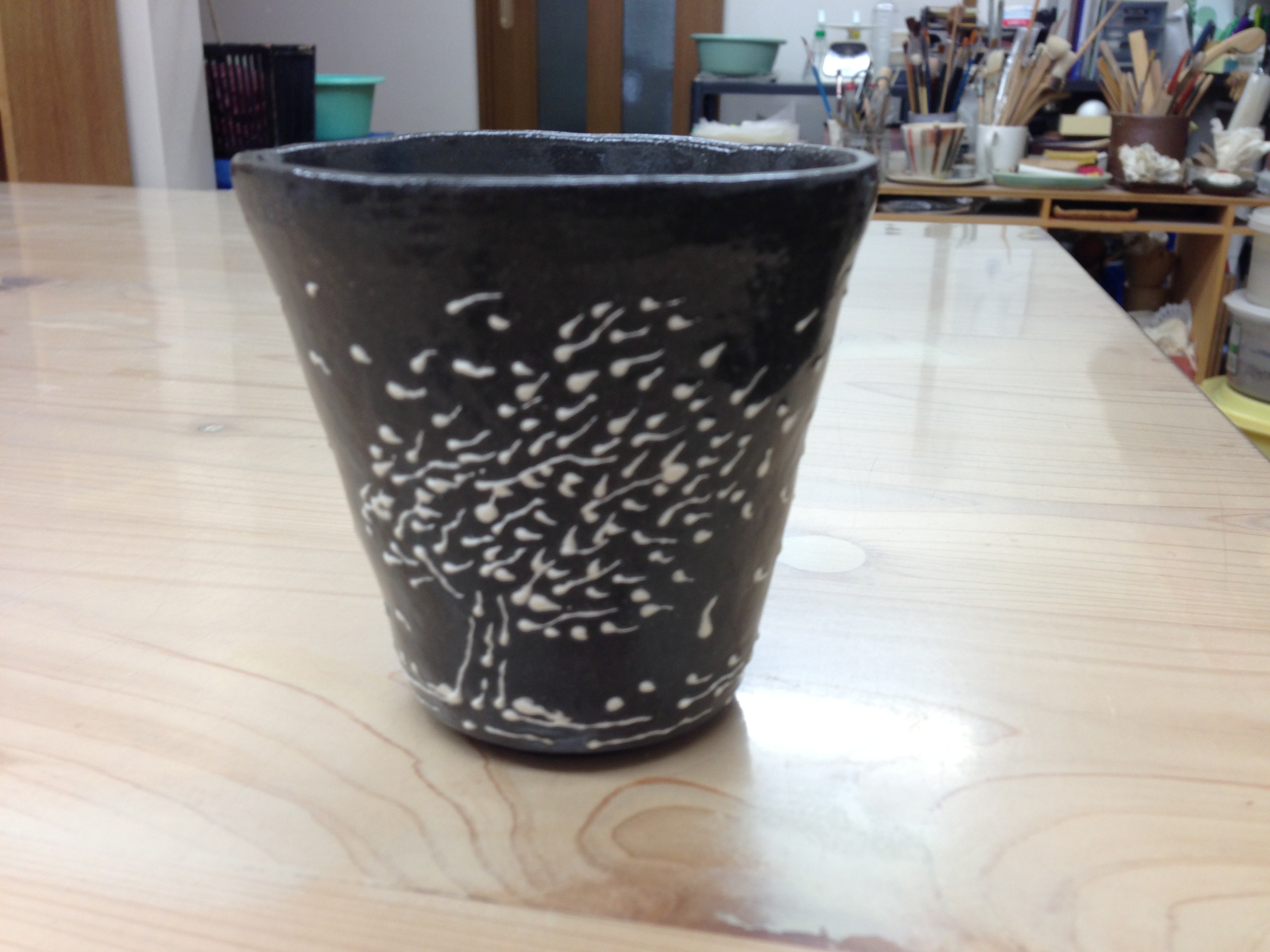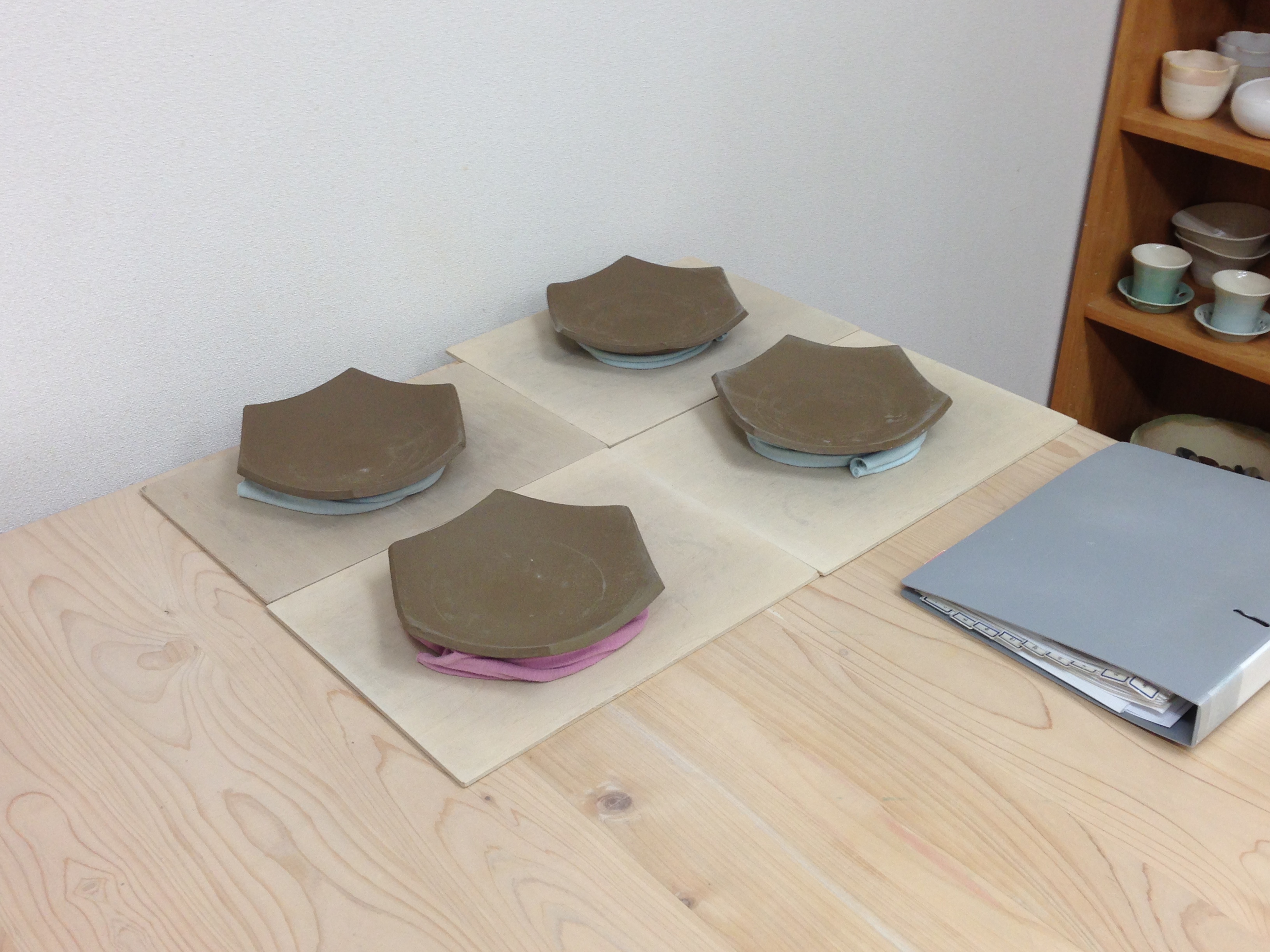For my CIP, I had originally wanted to do Kendo, since I had just started learning at BU. However, I quickly realized that it would be too difficult, because most practices- at circles and dojos would be too high-level for me. So, instead, I decided to do a different martial art, Kyudo, and Taiko.
One of my friends from a previous KCJS semester (whom I did Kendo with at BU) highly recommended Kyudo, so I decided to try it out The atmosphere of the dojo was very relaxed and it seemed quite common for them to accept and teach beginners, so overall it seemed much more welcoming and comfortable. Since it is a traditional martial art, I was expecting it to be very intense and intimidating, however it was very much the opposite. The sensei is very patient and individually attentive. Although it is a “practice” it really seems more like a lesson.
In addition to Kyudo, I also joined a Taiko group that practices at Kitano Tenmangu. Since the practices aren’t regular, it is sometimes difficult to fit it into my schedule, but the practices are very exciting and fun- despite the fact that they are also very long. The first practice I participated in lasted from about 5:30PM to about 11PM. The practice time included preparation/clean up time- taking out the drums and putting them away, and also dinner time. The actual practice was very enjoyable. I don’t have much experience with Taiko, so picking up the pieces is difficult, but the group members are all very energetic (even if they are a little bit older), enthusiastic and eager to help.
In terms of becoming part of a community- feeling like part of a group, I guess Kyudo isn’t necessarily the best way. However, if you want to take private lessons and are interested in learning Kyudo, then this is a great choice. Because everyone is in the same boat, aiming towards the same goal, you feel more part of the team, rather than an outsider looking in. In addition, the dinner afterwards is a good opportunity to socialize with other members. Taiko, however is great. Everyone practicing together, and eating together afterwards is a nice way to meet people and immerse yourself into a genuine Japanese community.
In comparison to the school activities I was doing at BU, the Taiko and Kyudo were significantly harder to actually get involved in. Initially, it was kind of a shock for me to not have all these club responsibilities and leadership positions. Because of the short amount of time that I am here- just one semester, it’s really difficult to do all the activities I want to the extent I want. In addition to that, just by being in a completely different environment with significantly different societal rules and norms, fitting in and feeling comfortable in a group is a challenge in itself.
And just as a side-note, for any future students interested in doing Kendo, there is a practice held at Kyoto Fucho Center every Monday and Friday from 7-8PM. I’ve gone a couple of times, it’s considered to be a recreational practice and it’s not actually at a dojo. People who practice there are all very high level (I think the lowest rank is 5-dan), but they’re all very nice people and very enthusiastic about Kendo and teaching Kendo. So, it is a great opportunity to learn, if you’re not intimidated by the level difference. It’s 100yen every week.



